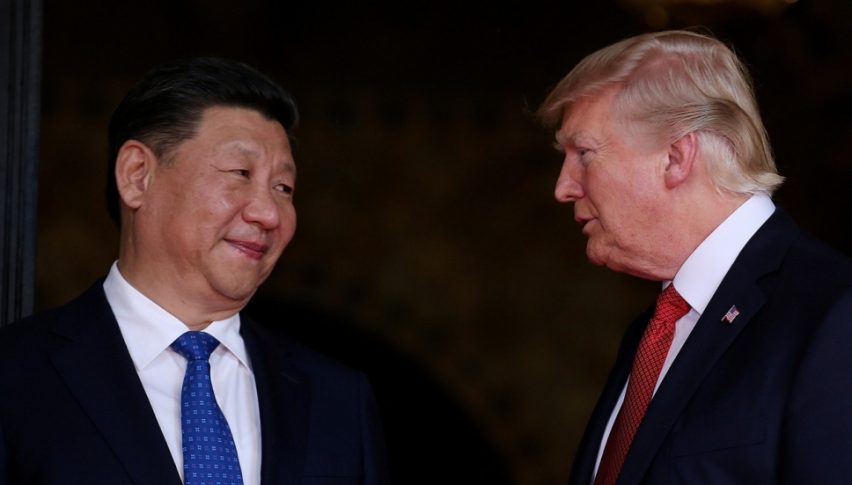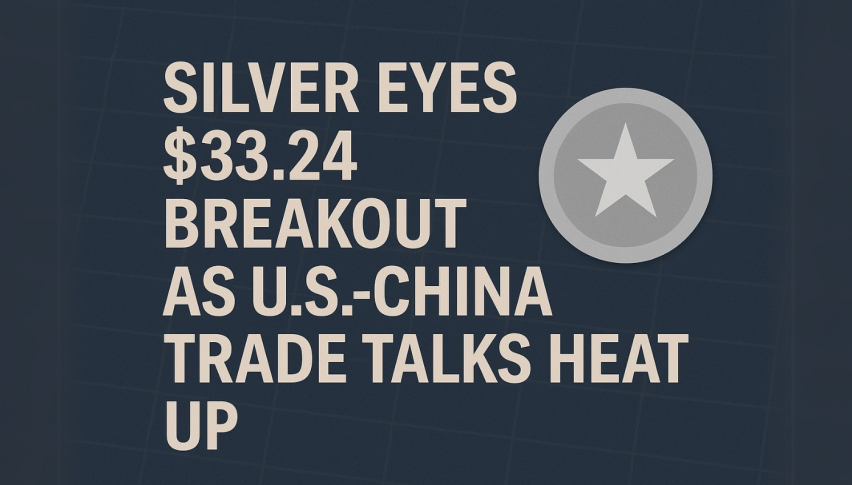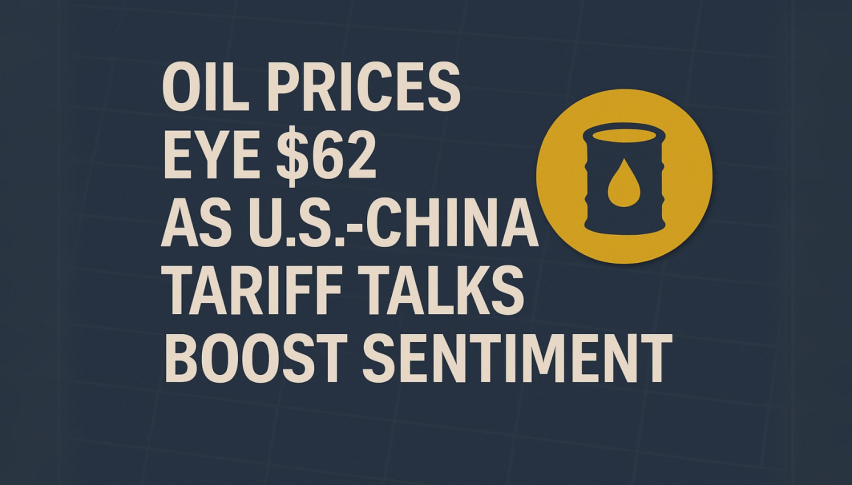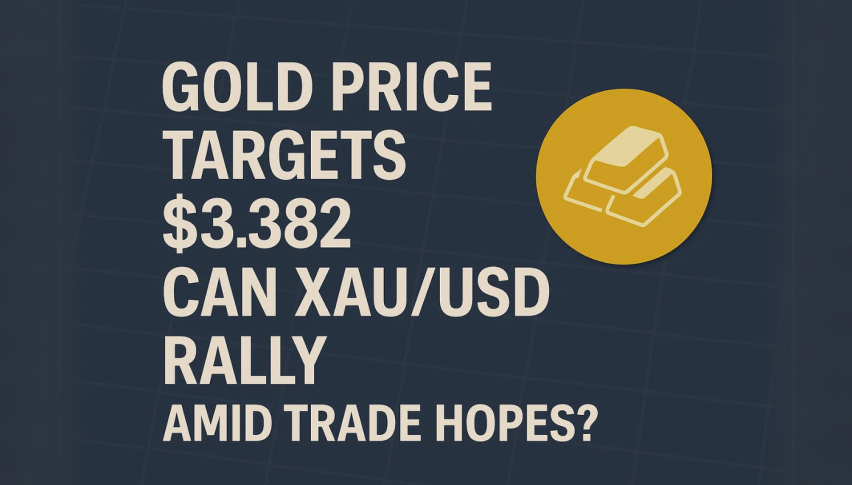“Phase 1” Of U.S./China Deal In Place
While Friday’s U.S./China deal is a start, it is far from a comprehensive solution as several hotly contested issues remain on the table.

Friday was a big day for U.S. stocks, as traders piled into equities in anticipation of a U.S./China deal. Buyers were not disappointed. Minutes before the weekly closing bell, “phase one” of tariff de-escalation was agreed to by the Trump and Xi administrations. The news was a welcomed sight for the markets, as shown by bullish trend days in the DJIA DOW (+1.21%), S&P 500 SPX (+1.09%), and NASDAQ (+1.34%).
As of now, the trade breakthrough is being touted as the beginning of plans to roll back tariffs. While the details are still surfacing, here are a few of the highlights:
- The deal could be signed by Trump and Xi as early as November, in an upcoming summit in Chile.
- Per the agreement, China is to step up purchases of U.S. agricultural commodities and agree to certain intellectual-property measures. In addition, they are to make concessions related to financial services and currency management.
- In return, the United States has agreed to postpone a tariff increase due to go into effect next week. However, additional duties scheduled for December are still on the table.
While Friday’s U.S./China deal is a start, it is far from a comprehensive solution. Hotly contested issues such as technological espionage, theft, and China’s industrial subsidies programs have yet to be rectified.
U.S./China Deal Prompts Strong Wall Street Weekly Close
In total, last week was a positive one for U.S. stocks. Mid-week optimism over trade negotiations proved well-founded and drove bids to the December E-mini DOW throughout Wednesday, Thursday, and Friday. The result was a robust 400+ point weekly gain and settlement above 26775.
++10_11_20191.jpg)
Perhaps the most striking observation one can take from the chart above is the size of the daily ranges beginning on October 1. The doldrums of September are long gone ― it’s time to buckle up because volatility is back on Wall Street.
Overview: For the time being, the U.S. equities markets are being dominated by important fundamentals. The Trump impeachment saga rages on, trade tensions appear to be easing, and the FED has decided to further its dovish stance through a six-month bond-buying program. Although the impacts of these market drivers may eventually be extreme, so far American stocks are hanging in there.
The coming Monday session features the Columbus Day holiday and a wide-open U.S. economic calendar. Both the New York Stock Exchange and the NASDAQ will be open as usual, while bond markets will be closed. If you are going to trade, remember that in the U.S. Columbus Day is a bank holiday. Accordingly, many American liquidity providers will be out of the office. Given the unconventional trading volumes, we may be in for some chaotic price action across the equity, currency, and futures markets. At least during the early U.S. session, it may be best to proceed with caution until we get the lay of the land.
- Check out our free forex signals
- Follow the top economic events on FX Leaders economic calendar
- Trade better, discover more Forex Trading Strategies
- Open a FREE Trading Account



